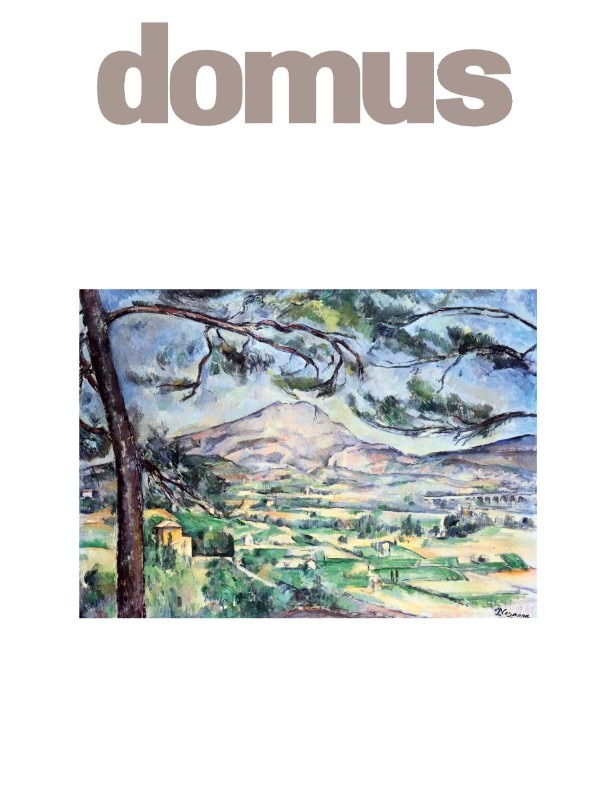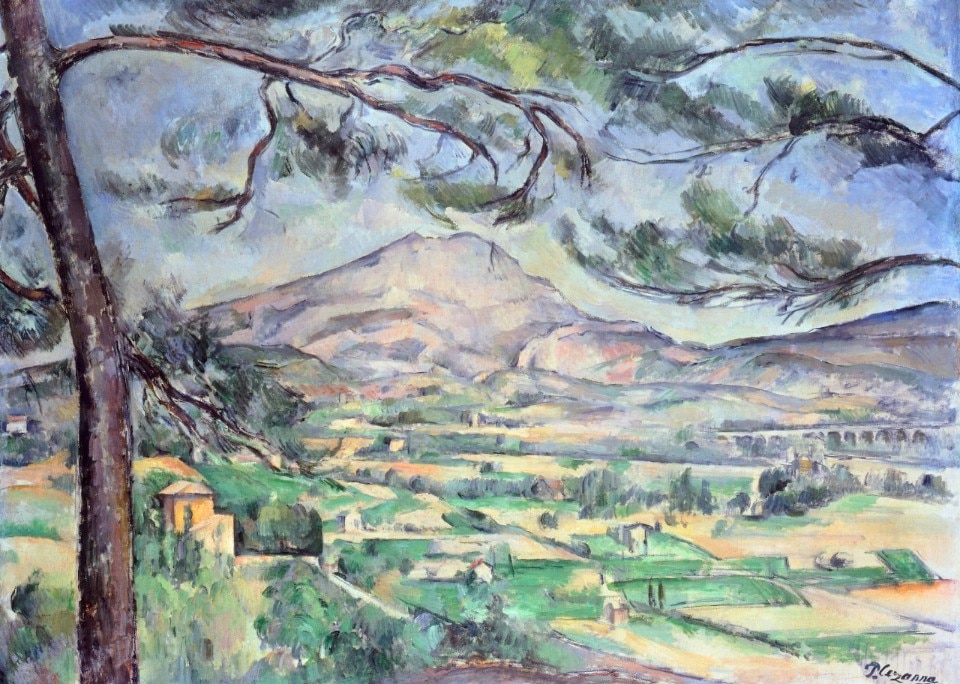The physical experience of architecture, the tangibility of traversing a series of spaces in a particular light, the glossy reflection of a plaster wall, ripples of sunlight on a ceiling bouncing off water... These are unique experiences of architecture. Architecture can put essences back into our existence. After years of the pandemic, today we have a renewed urgency to ask existential questions about our community interactions and our nature as experiential beings. Over the past three years, confined to communicating on flat screens, we have lacked physical experiences.
In philosopher Jonathan Crary’s book Scorched Earth: Beyond the Digital Age to a Post-Capitalist World, he writes, “The truth is irrefutable: there are no revolutionary subjects on social media.” His energetic criticism continues in his book 24/7: Late Capitalism and the Ends of Sleep, where he explores the problems of digitally propelled consumerism bombarding us around the clock with “ruinous consequences... eroding forms of community and political expression, damaging the fabric of everyday life”. Walking along Morton Street in the West Village of New York under the golden leaves of ginkgo trees or sitting in a tar paper cabin looking out on water lilies of Round
Lake in Rhinebeck, my everyday life is filled with the joy of tangible experience.
Architecture can put essences back into our existence.
In the 1994 book Questions of Perception: Phenomenology of Architecture (first published by A+U, Tokyo, then republished by William Stout, San Francisco), Juhani Pallasmaa, Alberto Pérez-Gómez and I attempted to argue for “a phenomenology of architecture”. Chapter titles referred to types of physical experience: “Enmeshed Experience: The Merging of Object and Field”; “Perspectival Space: Incomplete Perception”; “Of Color”; “Of Light and Shadow”; “Spatiality of Night”; “Time Duration and Perception”; “Water: A Phenomenal Lens”;
“Of Sound”; “Detail: The Haptic Realm”; “Proportion, Scale, and Perception”; “Site Circumstance and Idea”. The deep experiences of urbanisms and architectures transcend the rise and fall of styles.
After the exhilaration of Le Corbusier’s 1927 manifesto Towards an Architecture and the seminal 1932 MoMA exhibition on the International Style “Modern Architecture: International Exhibition”, curated by Philip Johnson and Henry-Russell Hitchcock, the optimistic expansion of certain characteristics – white, flat-roofed, precise structural expression, expanses of steel-framed glass, free plans and ribbon windows – dominated architecture across Europe and the Americas.

The public success of the 1951 Festival of Britain exhibition presaged the period of the raw concrete forms of brutalism. Reyner Banham and Alison and Peter Smithson used the term to describe the aesthetics of bare concrete and brick. Dominant towards the end of the 1960s,
this was superseded by postmodernism, set off by Robert Venturi’s Complexity and Contradiction in Architecture, and Aldo Rossi’s The Architecture of the City, both from 1966. Rossi’s book, which refocused the importance of how buildings shape urban space and streets, remains critically relevant today regarding a focus on densification
of cities and restoration of wild landscapes.
The postmodern movement was overshadowed by the MoMA exhibition “Deconstructivist Architecture”, 1988, curated by Philip Johnson and Mark Wigley. Focused on twisted and warped geometries and ambitious diagonals, it aimed to counter the historicist eclecticisms of the postmodern movement, but today is criticised as becoming corporate by originators Peter Eisenman and Bernard Tschumi. Parametric strategies now employed by commercial firms tend to yield the grotesque, with little attention paid to shaping public spaces, human scale or the interior experience of architecture.
Instead of a “style”, in my book Anchoring, 1989, I advocated for the uniqueness of each site, circumstance and climate as the beginning point of architecture; a limited concept; an idea as the force driving each design. “Architecture does not so much intrude on a landscape as it serves to explain it”; “Architecture and site should have an experiential connection, a metaphysical link, a poetic link”; and “If we consider
the order (the idea) to be the outer perception and phenomena (the experience) to be the inner perception, then in a physical construction, outer perception and inner perception are intertwined.” In Anchoring, the argument was for a universal in the specific, an absolute in the relative.
Architecture does not so much intrude on a landscape as it serves to explain it.
The book Questions of Perception took our thinking into more general terms. Instead of focusing on individual idea-driven projects, Questions
of Perception presents a general case. The 11 “Phenomenal Zones” outlined in the book apply to most architecture: “Enmeshed Experience: The Merging of Object and Field” argues that we experience architecture in partial views that are conjoined with foreground, middle ground and distant views. “Water: A Phenomenal Lens” explores the power of water in perceptual experience. Among the other sections, “Of Color”, “Of Light and Shadow” and “Proportion, Scale, and Perception” are all general categories that frame the phenomenal experiences of architecture. The light and shadow of a collection of bottles and cans were repeatedly explored by painter Giorgio Morandi. Morandi captured an intensity of perception that transcends styles.
In 1993, at the inauguration of the Morandi Museum in Bologna, the philosopher Umberto Eco said: “You have to love the world and the things that are in the world, even the humblest, the light and shadow gladdening or saddening them, and the very dust that chokes them. Morandi reaches the peak of his spirituality as a poet of matter.”
Seeing is Forgetting the Name of the Thing One Sees is an important 1982 book by Lawrence Weschler on the work of artist Robert Irwin which focuses on questions of perception. Irwin, 94, has explored the limits of art for over 60 years. He wrote, “The pure subject of art is human perception.”
In this issue of Domus, projects in architecture, urbanism, art and design are presented as “questions of perception”.


